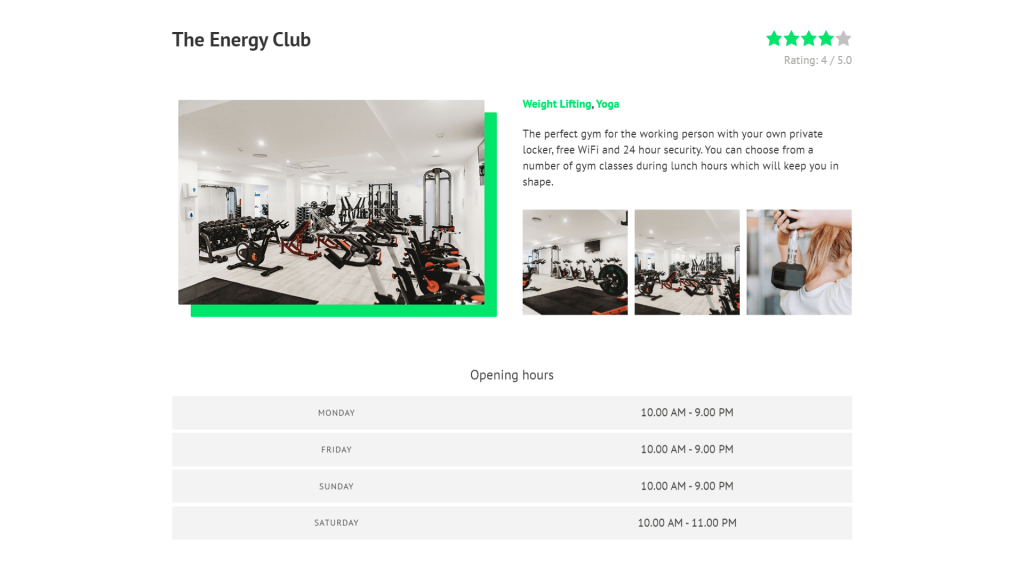Custom Post Types allow you to add your own kinds of content to WordPress. The built-in "pages" are great for generic content. "Posts" are good for your news items. With custom posts and fields, you can create things like "services", "plans", "properties" and more.
In WordPress, Posts and Pages are the built-in post types. You can also create your own, custom post types for literally any type of content you want.
Post and Pages have some standard fields for storing main information: title, main content, date, author, and others. However, as WordPress evolved, it added the possibility of creating custom fields for posts. You can create your own custom fields to add literally any type of additional information to your posts.
Finally, to help you organize your content, WordPress allows you to categorize it by using taxonomies. Blog posts provide you with Tags and Categories, the two built-in taxonomies. You can also create your own custom taxonomies.
Related topics
- Using Custom Fields vs. Taxonomy
- Conditionally Display Custom Fields in WordPress Backend
- Adding a Custom Taxonomy to WooCommerce Products
- Using Post Reference Field to Set-Up One-to-Many Relationships
- How Content is Displayed
- Adding Custom Posts
- When and Why You Should Use Custom Types
- Creating a Custom Taxonomy
- Creating Custom Fields
- Creating a Custom Post Type
- Convert existing custom types and fields to Types control
- Limitations on HTML Content in Post Fields
Need help?
If you bought Toolset, log-in to your account and post your questions in Toolset technical support.
Not a client yet? Find the account that’s best for you.
